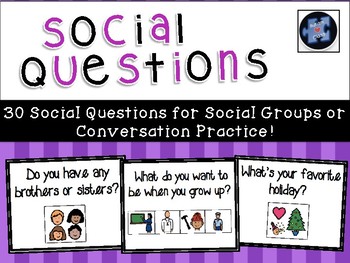

However, children on the autism spectrum may have difficulty identifying the context and subtle language cues. Context, body language and differences in tone of voice can help to identify the meaning of the word. For example, if someone were to say, “they’re sick”, it could mean that they are either ill or very cool. Some words and phrases have different meanings in different contexts. Words with multiple meanings, metaphors and idioms.They may need to be explicitly taught the expectations around things like how long to talk before it is the other person’s turn, what is appropriate eye contact, personal space, topics that are appropriate to talk about, and where it is inappropriate to have a conversation. Children on the spectrum may need help understanding conversational cues when speaking with others.

Children on the spectrum may need help to understand what is appropriate to wear in different seasons, locations or occasions. For example, if you are going on an excursion. Different situations require specific uniforms or weather appropriate clothing.

Others in the family would know that you wouldn’t repeat that behaviour by putting your feet up on the desk at school if watching a video in class, however the different behaviours expected in this setting may be difficult for a child on the autism spectrum to recognise because the table is a constant in each scenario.
#Autism social questions tv
Understanding social cues can be made even more confusing as the rules often change with age, who you are with and where you are.Ī family might consider it the ‘norm’ to rest your feet on the coffee table while watching TV at home. This can lead to their actions being misinterpreted as rude, inappropriate or defiant. Children with Autism Spectrum Disorder (ASD) often interpret communication literally, so inferred behaviours can go unnoticed. For some children, reading subtle social cues can be challenging as it relies on an understanding of tone of voice, body language and facial expressions. Helping children on the autism spectrum understand social cues is important from a young age, and crucial throughout their school years. These pieces of information are usually the unwritten rules or customs, the nuances of social communications or the assumptions and expectations we’re aware of within different contexts. Social cues and codes are learnt from an early age through observation of repeated behaviours within different environments, with particular people, within certain cultures or at specific locations. Understanding these cues allows us to easily navigate social interactions, daily life tasks, and communication within school, work or the community. Social cues are the pieces of information we subconsciously know without ever being explicitly taught them.


 0 kommentar(er)
0 kommentar(er)
